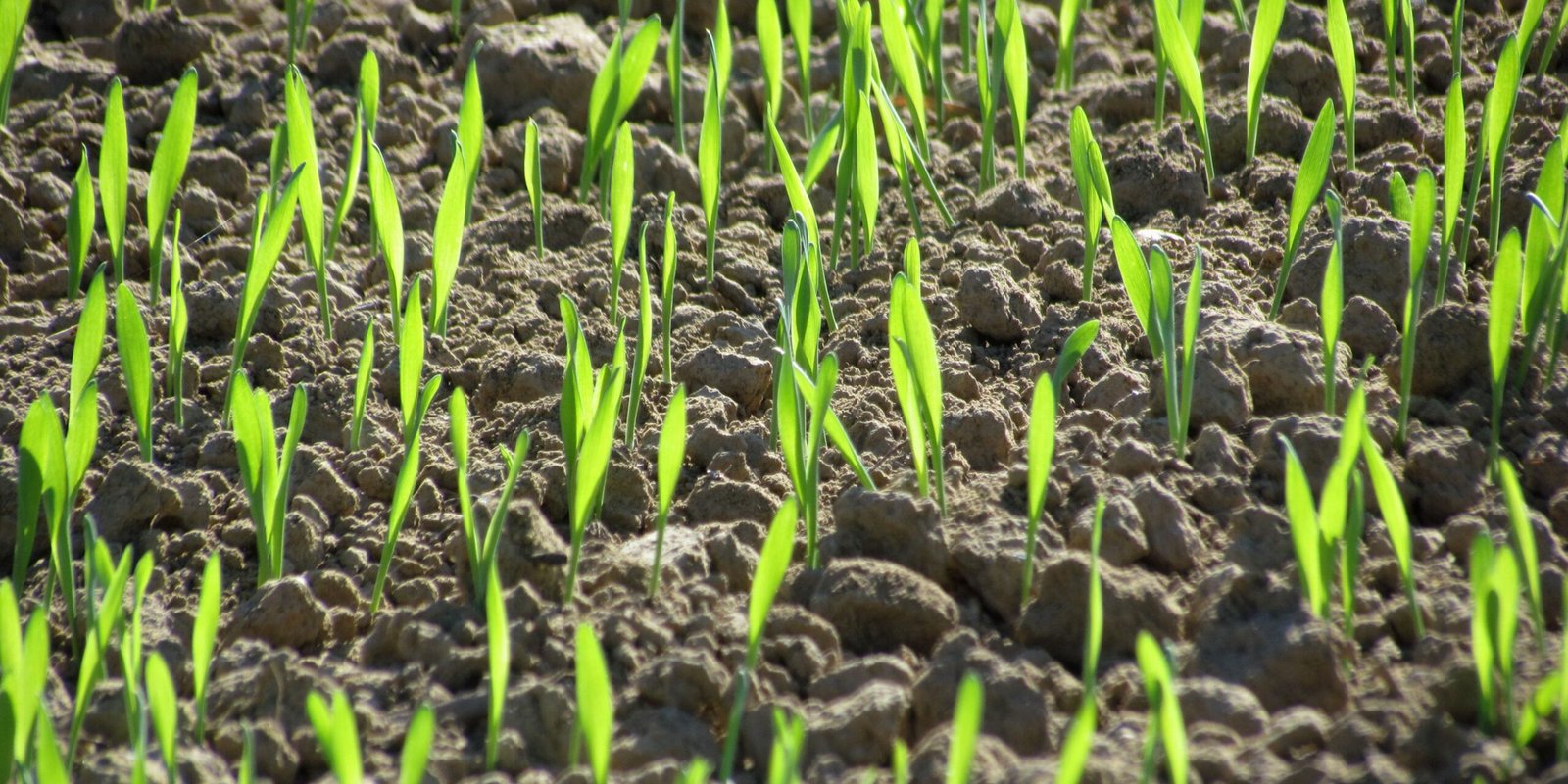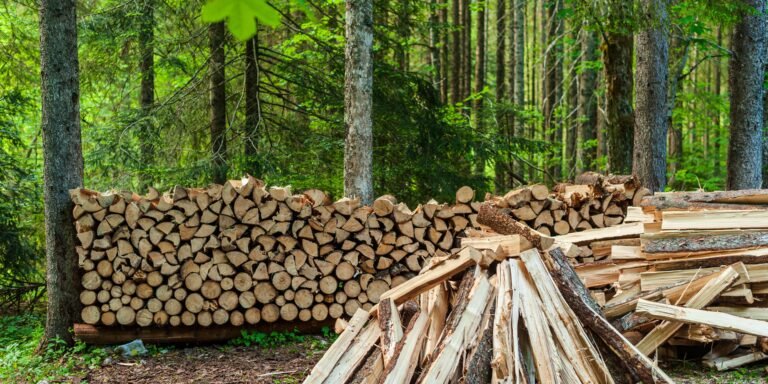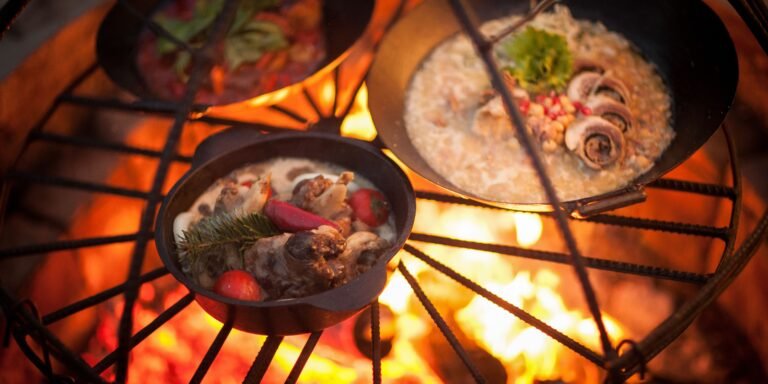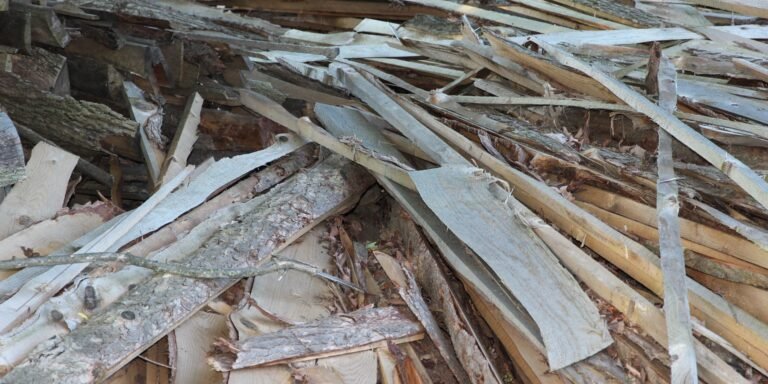Simple Guide To Starting A Basic Survival Seed Bank
This post may contain affiliate links, full disclosure here.
After a catastrophic calamity, food, water, and shelter are the three most important things to have. Food, however, will be the hardest to obtain of the three.
Making ensuring you have enough food to last once the supermarkets stop for good necessitates a multi-pronged approach. While hoarding canned food and other long-lasting items is a good idea, food stocks can only last so long. You must also consider other choices in order to be prepared for long-term survival.
Building a survival seed bank is one of the best strategies to secure long-term food security. We’ll look at what survival seed banks are, the benefits they provide, and how you can create one for yourself in this post.
What are Survival Seed Banks?
In a survival situation, a survival seed bank is a stockpile of seeds that can be used to develop a big and diverse garden. A reputable seed bank will have a wide selection of seeds, ensuring that you get all of the nutrients you require.
It should also include seeds for vegetables that may be harvested at various periods throughout the year, ensuring that you have food all year.
What Type of Seeds to Include in Your Survival Seed Bank
To begin, choose open-pollinated, non-hybrid, and non-GMO heirloom seeds.
Selecting open-pollinated seeds will make it easier to ensure that your plants produce, and choosing non-hybrid, non-GMO heirloom seeds will allow you to collect more seeds from your plants once they have developed. Then you can plant those seeds and continue to grow your survival garden for as long as you need.
Second, you’ll want to choose seeds that will thrive in your climate. This requirement will vary based on where you live, so learn about the many sorts of plants that thrive in your area.
Finally, remember to incorporate seeds that yield nutrient-dense, high-calorie crops. You’ll want to be sure you’re getting the most bang for your money with each seed you plant because not all plants are made equal. Check out this list of high-calorie crops for your survival garden for more information on the finest high-calorie crops for a survival garden.
How to Store Your Survival Seed Bank
Freezing seeds is the greatest technique to keep them for a long time. Most seeds will last at least five years when frozen, and some of the more durable seeds may last up to twenty years.
Keeping seeds arranged is another crucial concern while storing them. Because different seeds have distinct planting and growing requirements, knowing exactly what you’re planting before you plant it is critical.
If you buy seeds in packets, make sure the type of seed is clearly labelled on the packet. If you’re buying seeds in any other form that isn’t clearly labelled, putting them in mason jars and labelling each jar with what sort of seed it contains, when it was put into storage, and how long it’s expected to last is an excellent method to keep them organised. This is where chalkboard labels come in handy.
Keep in mind that, while frozen seeds might endure a long time, you may still need to rotate them out to keep them alive. You’ll know exactly when to replant your seeds if you label them with the date you put them in storage and how long they should last.
How to Collect Seeds from Your First Harvest
Seed banks are only meant to be used as a starting point. To put it another way, once you’ve planted your seed bank’s seeds and gathered the harvest, you’ll need to collect additional seeds from the plants you harvest if you wish to create a garden the following year.
The method for gathering seeds from a vegetable you planted varies depending on the vegetable, but it usually entails allowing the plants to go to seed, harvesting them, drying them out, and then separating the seeds from the remainder of the plant so they can be stored.
The sort of vegetable you grow is also significant when it comes to gathering seeds from your first harvest. Some vegetables, like tomatoes and corn, have easy-to-collect seeds, while others are a little more challenging.
Of course, as I previously stated, if you want to collect more seeds from your harvest, you must plant non-hybrid, non-GMO seeds. Hybrid and GMO seeds are engineered such that the initial crop does not generate viable seeds that can be transplanted.
The reason for this is that the seed companies prefer you to buy additional seeds from them next season rather than using seeds from your first harvest. As a result, these seeds are useless for a survival seed bank; instead, stick to heirloom seeds that are non-hybrid and non-GMO.
Finally, familiarise yourself with the method of collecting seeds from each species of plant in your seed bank ahead of time. You might even want to write down the procedure and keep it somewhere safe so that you can refer to it again if you forget.
Putting Your Own Survival Seed Bank Together
You’ll need to buy seeds from a commercial seed seller if you wish to start your own seed bank. There are several excellent providers to pick from, including Seed Savers Exchange, Abundant Life Seeds, Sustainable Seed Company, and others. You’ll be able to acquire more seeds and expand your seed bank once you’ve harvested your first crop.
Simply keep all of the necessary requirements in mind when picking your seeds, and learn how to harvest and store them properly, and you should have no trouble starting from scratch to develop a high-quality seed bank.
Getting Started With A Pre Made Seed Bank
If you want to save time, you can buy a pre-made survival seed bank on Amazon, such as this 32-plant variety pack with 15,000 non-hybrid, non-GMO heirloom seeds in neatly labelled packets.
These pre-made seed banks come with all of the seeds you’ll need to start the first harvest, allowing you to collect even more seeds.
Survival seed banks aren’t a one-size-fits-all answer, so keep that in mind. A seed mix that works for one individual might not work for you. To put it another way, just because a product is advertised as a pre-made survival seed bank doesn’t imply it will contain every sort of seed you desire or need.
When shopping for a pre-made seed bank, take your time and browse through all of the alternatives until you locate the one that is ideal for you. There are plenty of options to pick from, so you should have no trouble choosing a high-quality seed bank that matches all of your criteria at a reasonable price.
Long Term Food Storage For Surivial Pantry
A survival seed bank is easily one of the most critical things you can put into storage in case of a large-scale disaster.
Having a high-quality survival seed bank, as well as the skills and resources needed to establish a garden and collect seeds from your crop, will allow you to keep food on the table indefinitely and maybe save you from starvation — all thanks to a single box of seeds.








